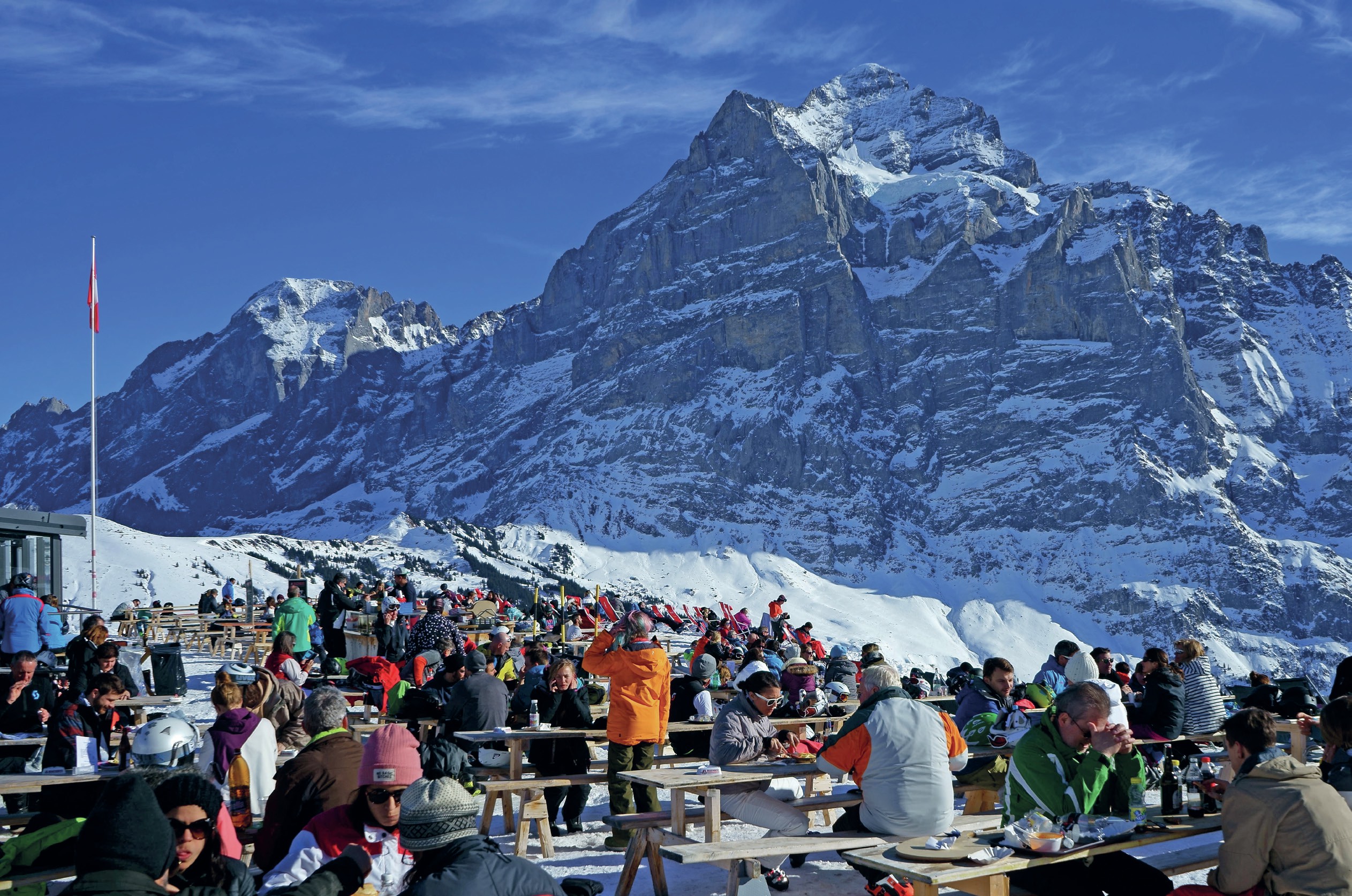
Glaciers are large physical forms made of ice. They were common in colder, glacial periods but some can still be found in the presentday interglacial period, for example in the Alps and the Himalayas. There are two main types of glacier: valley glaciers and ice sheets. Valley glaciers develop in valleys, much like a river. Ice sheets are much larger masses of ice, for example covering Greenland and Antarctica. This case study is about valley glaciers.
Valley glaciers can move forwards and become longer (advance), or melt and become smaller (retreat). Whether a glacier advances or retreats depends on whether there is more accumulation or ablation. Accumulation is when snow and avalanches add more ice to a glacier, and ablation is when ice melts. Both accumulation and ablation can occur on a glacier in the same year. If there is more ablation than accumulation then the glacier will retreat. This balance between accumulation and ablation is called the glacial budget.
Your organisation does not have access to this article.
Sign up today to give your students the edge they need to achieve their best grades with subject expertise
Subscribe




